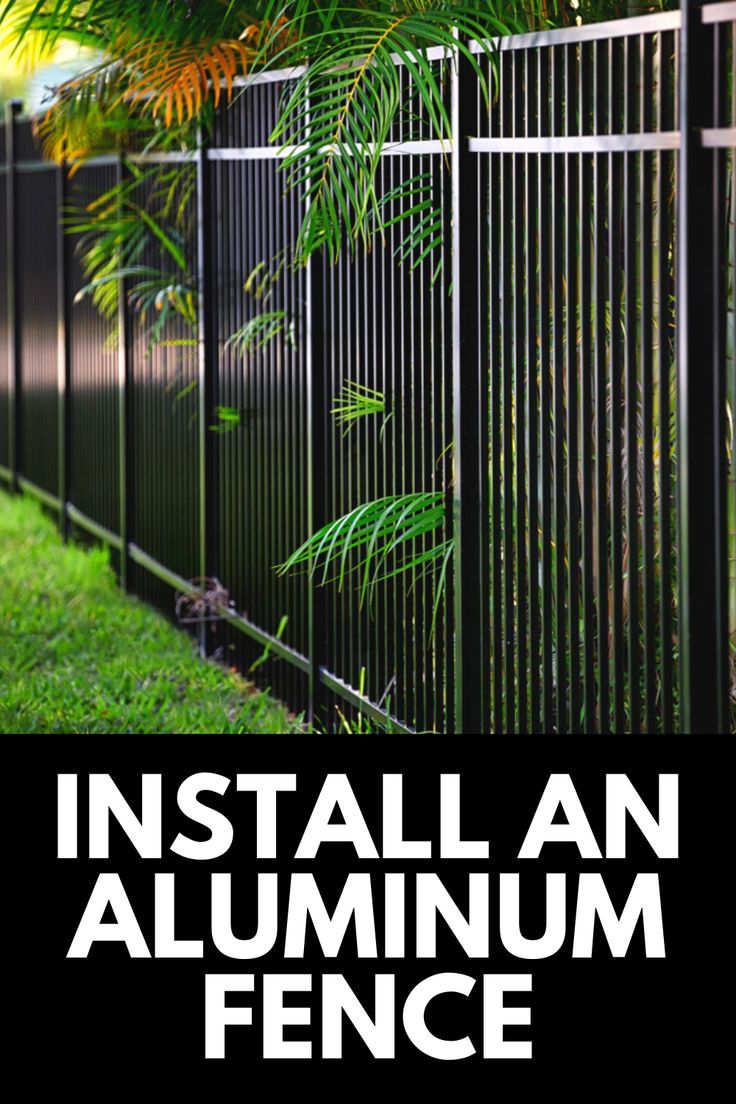How To Build A Living Fence: A Complete Guide

Table of Contents
Choosing the Right Plants for Your Living Fence
Selecting the right plants is crucial for a successful living fence. Consider these factors when choosing your living fence plants: climate, soil type, desired height and density, and your desired maintenance level. The best living fence plants will thrive in your specific conditions and provide the look you desire.
-
Evergreen vs. Deciduous: Evergreen options like Leyland Cypress provide year-round screening and privacy, while deciduous choices offer seasonal variation in color and texture. Consider the visual impact you want throughout the year.
-
Fast-Growing vs. Slow-Growing: Fast-growing hedges, such as Leyland Cypress or bamboo, offer quick results for those seeking immediate privacy. However, fast-growing varieties often need more frequent pruning. Slower-growing options like Hawthorn require more patience but may need less maintenance in the long run.
-
Drought-Tolerant Options: For water conservation, drought-tolerant shrubs like Hawthorn, Berberis (barberry), or certain types of juniper are excellent choices. These plants are well-suited for drier climates and require less frequent watering.
-
Native Plants: Choosing native plants supports your local ecosystem, often requiring less maintenance because they are adapted to the local climate and soil conditions. Research plants native to your region for optimal growth.
-
Thorny Plants for Security: For added security, consider incorporating thorny plants like pyracantha or black locust into your living fence design. This provides a natural deterrent to unwanted intruders.
Site Preparation: Laying the Foundation for Your Living Fence
Proper site preparation is essential for a thriving living fence. Careful planning and preparation will ensure your living fence installation is successful and your plants flourish.
-
Clearing the Area: Remove existing vegetation, debris, rocks, and any other obstacles along the planned fence line. A clean slate ensures optimal root development.
-
Soil Amendment: Test your soil's pH level and amend it as needed. Most plants prefer a slightly acidic to neutral pH. Adding compost or other organic matter improves soil drainage, aeration, and nutrient content, promoting healthy root growth.
-
Marking the Fence Line: Use string and stakes to clearly mark the location of your living fence. This ensures straight lines and accurate spacing during planting.
-
Space Requirements: Research the mature size of your chosen plants to determine the appropriate spacing. Overcrowding can lead to competition for resources, while insufficient spacing may not provide the desired density.
Planting Your Living Fence: A Step-by-Step Guide
The planting process is key to the success of your living fence. Follow these steps for optimal results.
-
Digging Holes: Dig holes that are at least twice as wide and as deep as the root ball of your plants. This allows for proper root expansion.
-
Correct Spacing: Space plants according to their mature size and desired density. Follow the recommended spacing guidelines for your chosen plant variety.
-
Planting Techniques: Gently remove the plant from its container, avoiding damage to the roots. Plant at the same depth as it was growing in the container.
-
Thorough Watering: Water deeply and thoroughly after planting to help settle the soil and promote root establishment.
-
Mulching: Apply a layer of mulch around the base of the plants, keeping it a few inches away from the stems. Mulch helps retain moisture, suppress weeds, and regulate soil temperature.
Maintaining Your Living Fence: Ongoing Care and Pruning
Regular maintenance is crucial for a healthy and beautiful living fence. These steps will ensure its longevity and visual appeal.
-
Watering Schedule: Establish a regular watering schedule based on your climate, soil type, and the specific needs of your chosen plants. During dry periods, you may need to water more frequently.
-
Fertilizing: Fertilize your living fence annually or as needed to promote healthy growth. Use a balanced fertilizer appropriate for shrubs or hedges.
-
Pruning Techniques: Regular pruning is essential to maintain the shape and density of your living fence. Learn proper pruning techniques to avoid damaging the plants. This might involve trimming, shaping, and removing dead or diseased branches.
-
Pest and Disease Control: Inspect your living fence regularly for signs of pests or diseases. Take appropriate measures to address any issues promptly, using organic pest control methods whenever possible.
Creative Living Fence Ideas and Designs
A living fence isn't just a boundary; it's a design element. Explore these creative options:
-
Layered Effects: Create visual depth and interest by layering plants of varying heights and textures. Combine taller plants at the back with shorter shrubs in front.
-
Flowering Plants: Incorporate flowering shrubs or vines to add bursts of color and attract pollinators.
-
Curved Designs: Create a softer, more natural look by using curves instead of straight lines.
-
Defining Areas: Use living fences to define different areas of your landscape, such as separating a garden from a lawn or creating a private patio space.
Conclusion
Creating a beautiful and functional living fence is a rewarding project that adds value to your property and enhances its natural beauty. By following these steps and selecting the right plants for your needs, you can enjoy a stunning, low-maintenance, and eco-friendly alternative to traditional fencing. Start planning your own living fence today! Remember to consider the different types of living fence plants and the ongoing maintenance involved for a successful and beautiful living fence. Begin building your dream living fence now!

Featured Posts
-
 Live Nation Appoints Richard Grenell To Board Trump Ally And Kennedy Center Head Joins
May 29, 2025
Live Nation Appoints Richard Grenell To Board Trump Ally And Kennedy Center Head Joins
May 29, 2025 -
 Argentine Moto Gp Analyzing Alex Rinss Bold Power Delivery And Tyre Choice
May 29, 2025
Argentine Moto Gp Analyzing Alex Rinss Bold Power Delivery And Tyre Choice
May 29, 2025 -
 Canadian Aluminum Industry Crisis Trade War Fallout And Bankruptcy
May 29, 2025
Canadian Aluminum Industry Crisis Trade War Fallout And Bankruptcy
May 29, 2025 -
 El Factor Sorpresa De Mamardashvili Analisis Del Guardameta Del Valencia
May 29, 2025
El Factor Sorpresa De Mamardashvili Analisis Del Guardameta Del Valencia
May 29, 2025 -
 Kosovo Krasnici Dpk Postavlja Uslov Kurtiju Vlada U Roku Od 48 Sati
May 29, 2025
Kosovo Krasnici Dpk Postavlja Uslov Kurtiju Vlada U Roku Od 48 Sati
May 29, 2025
